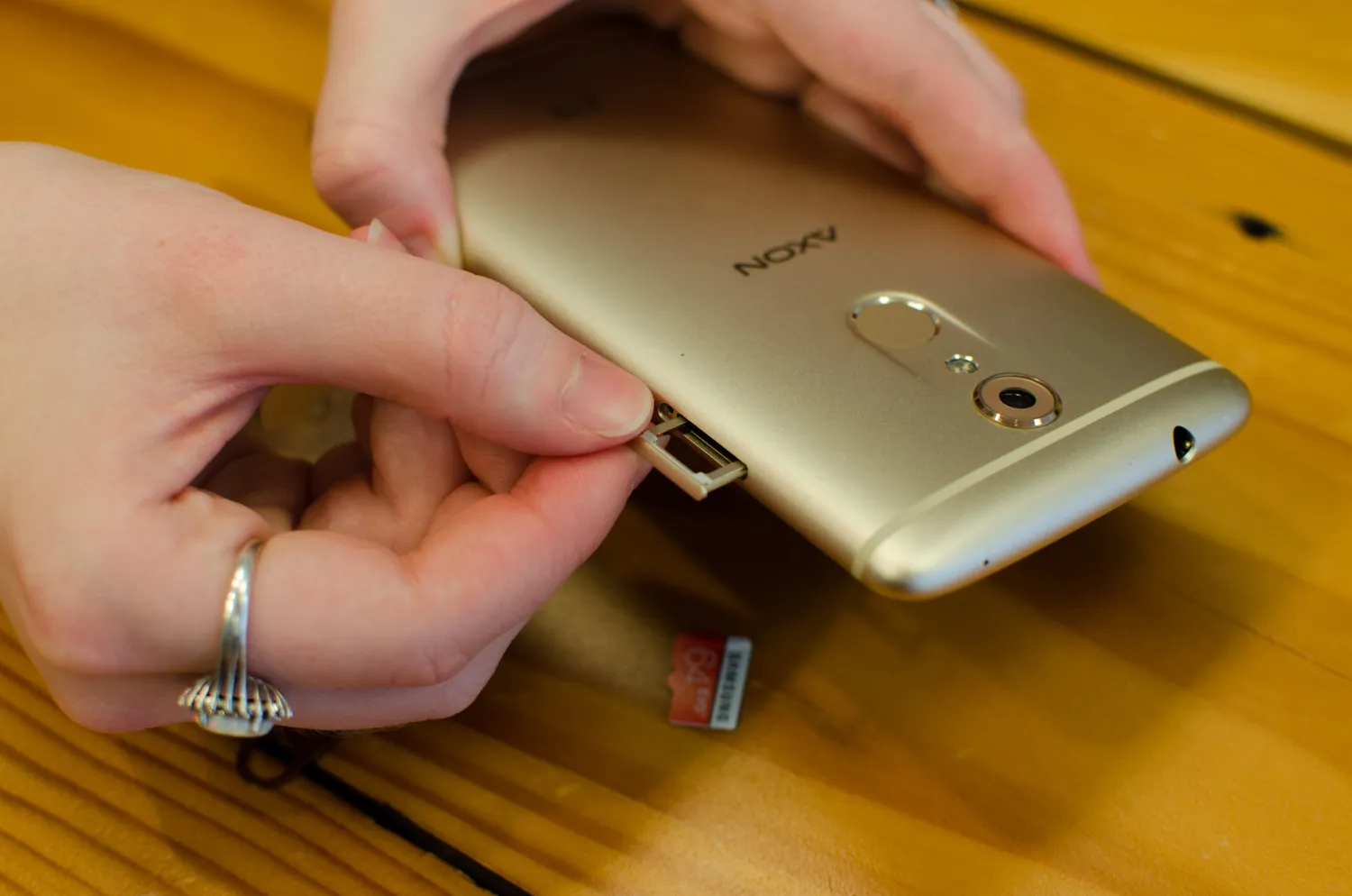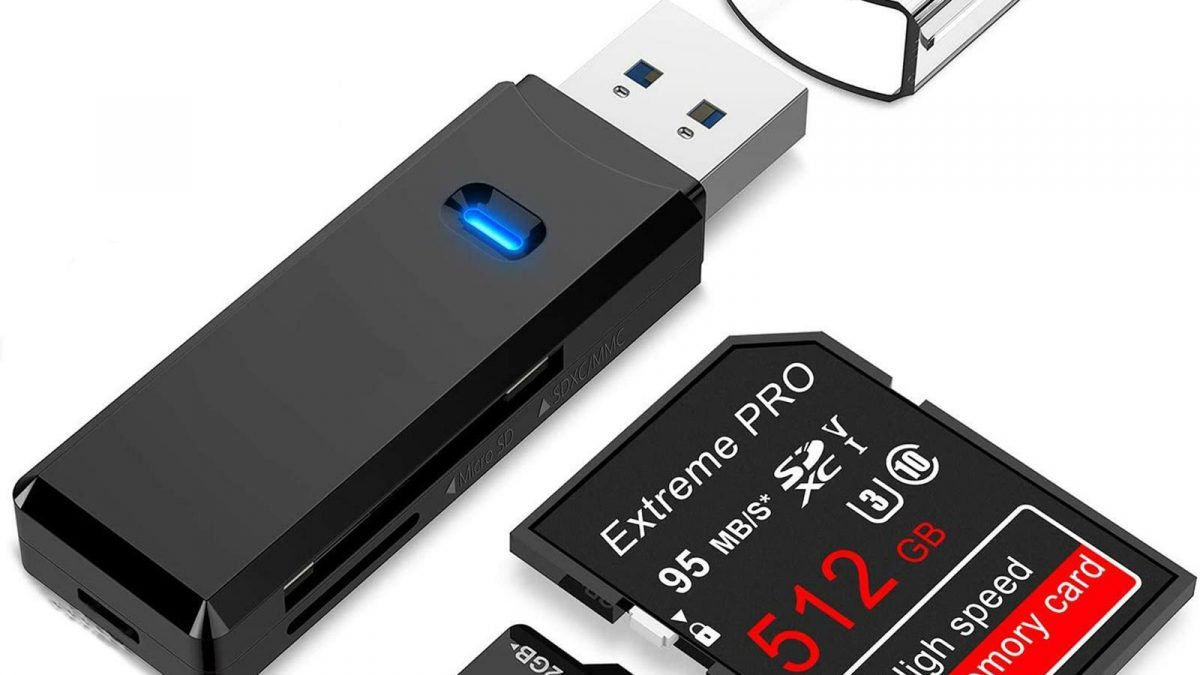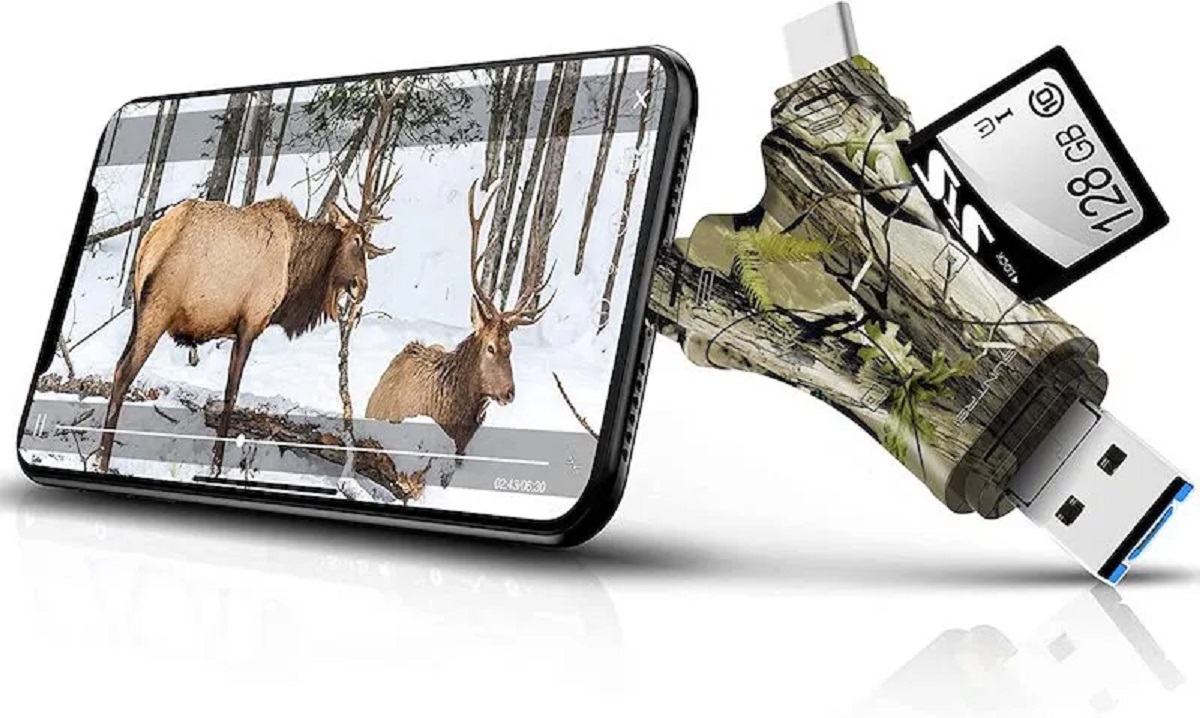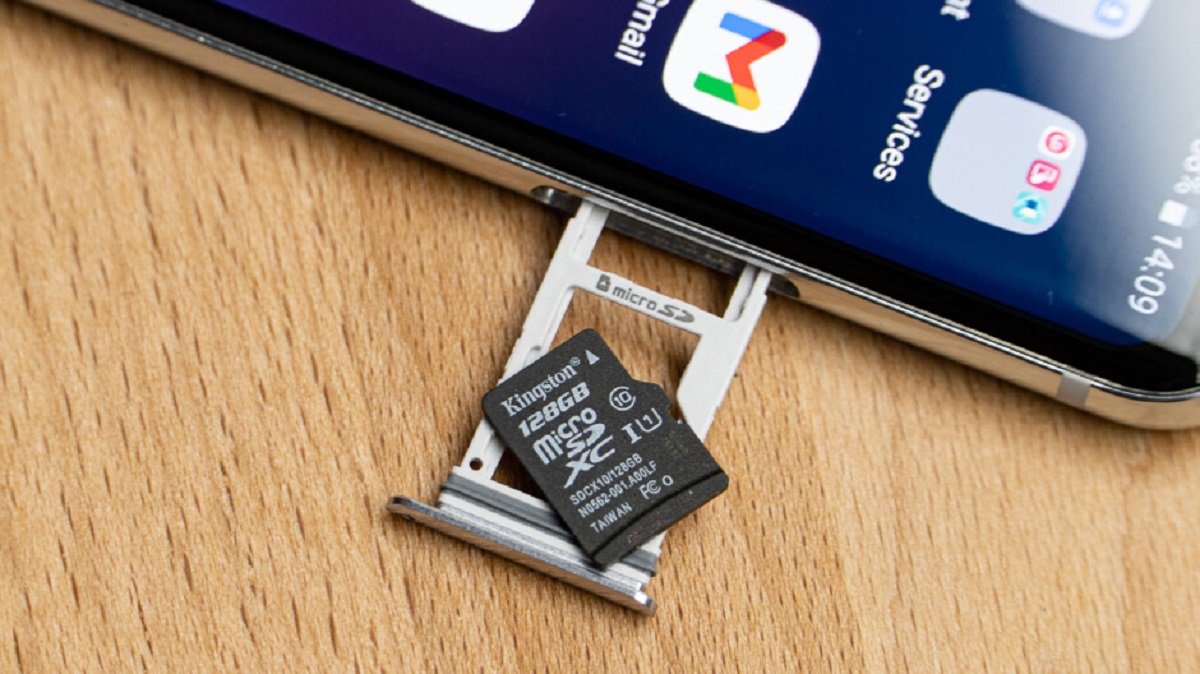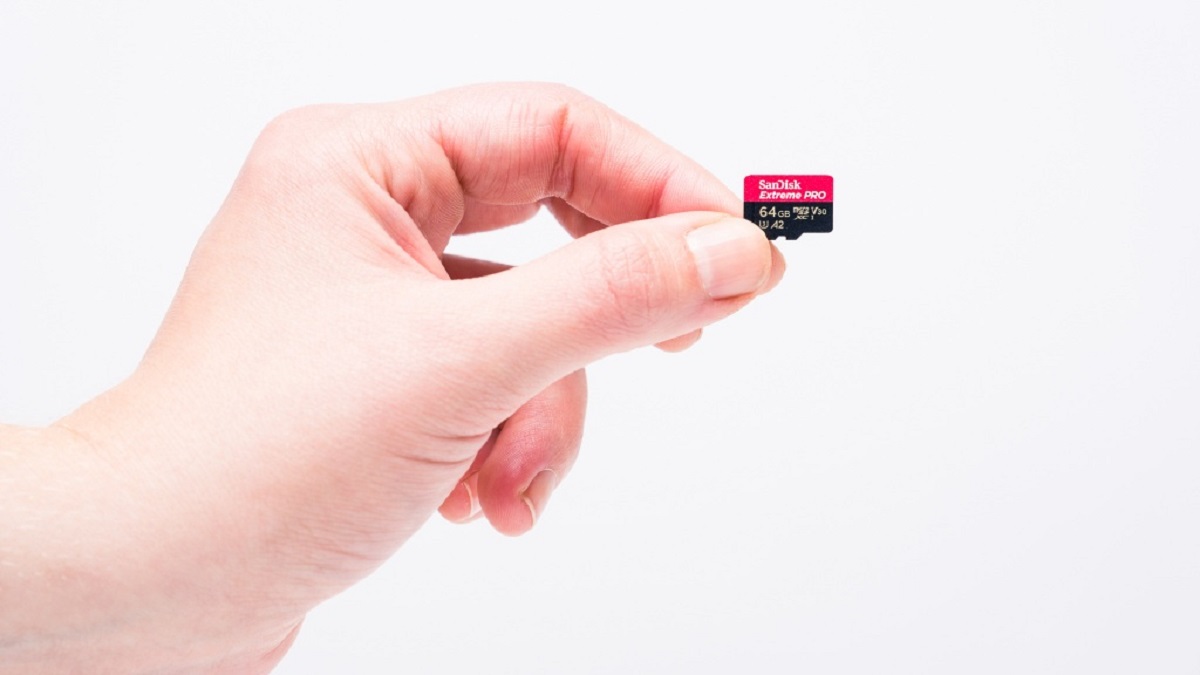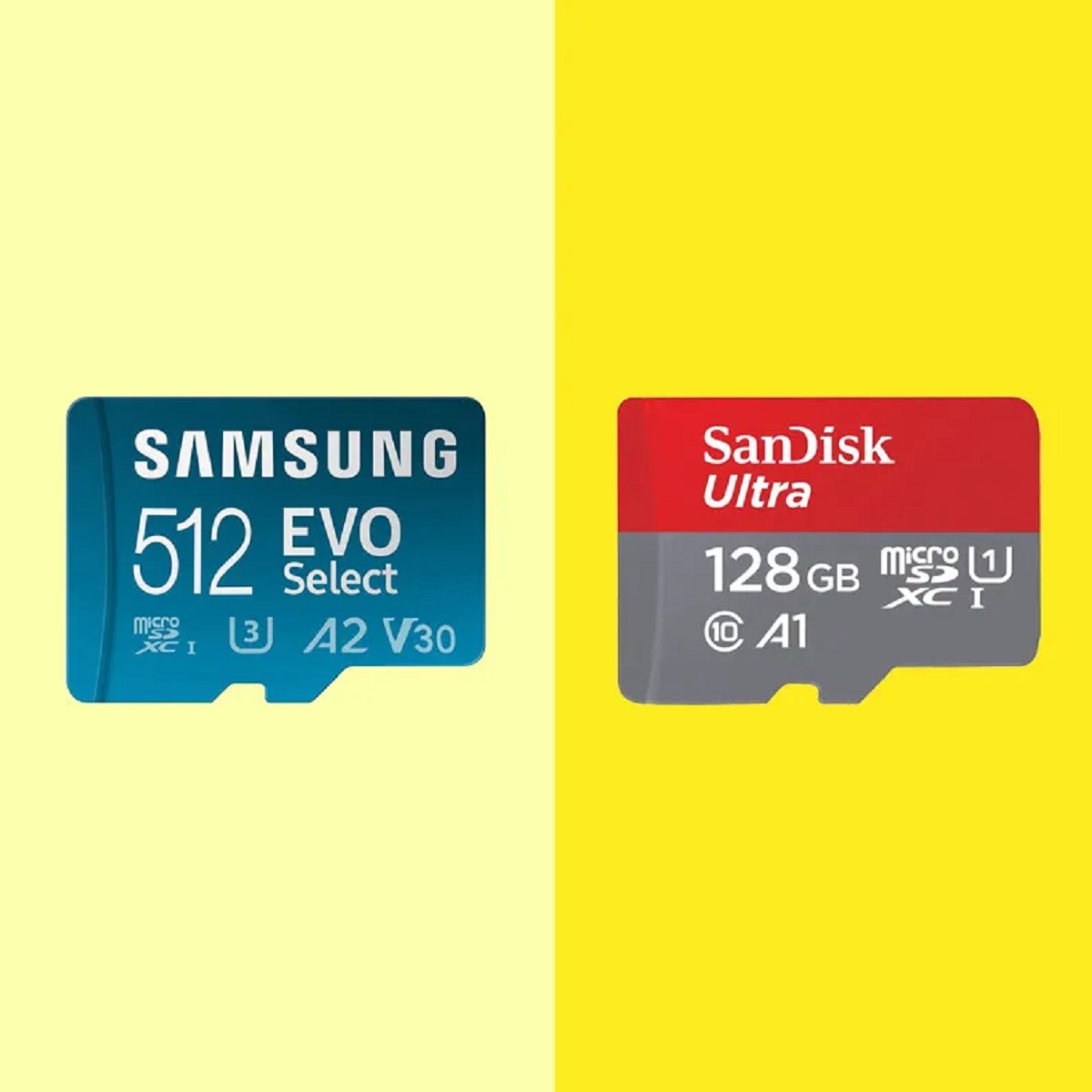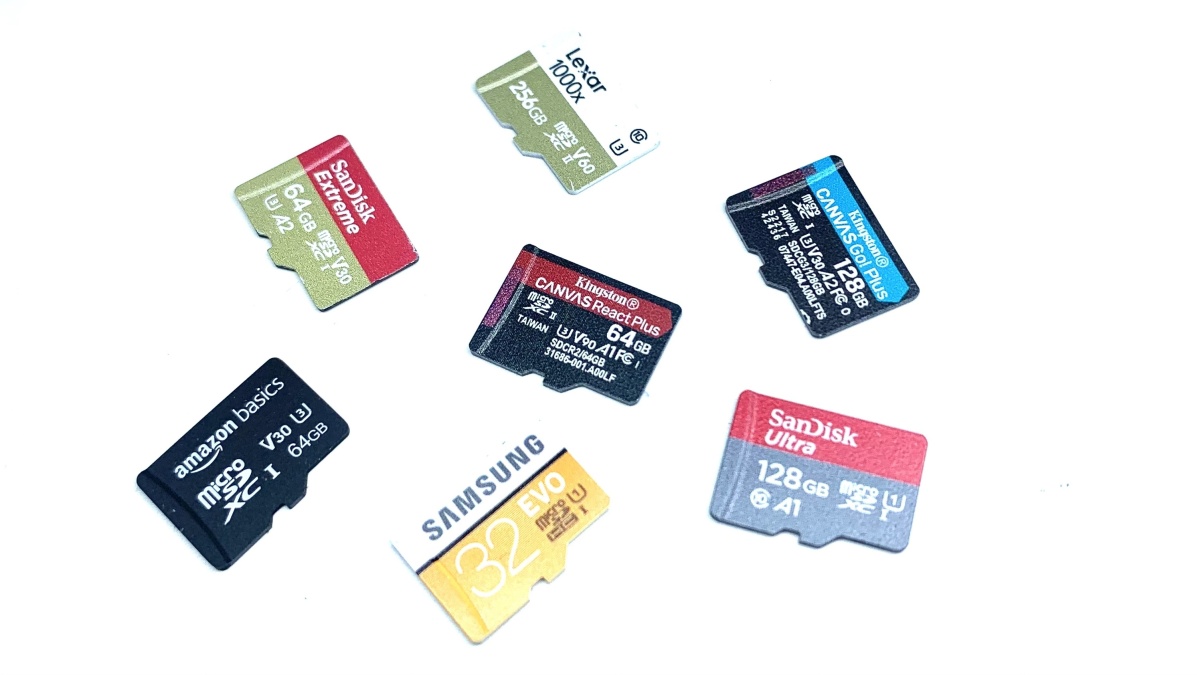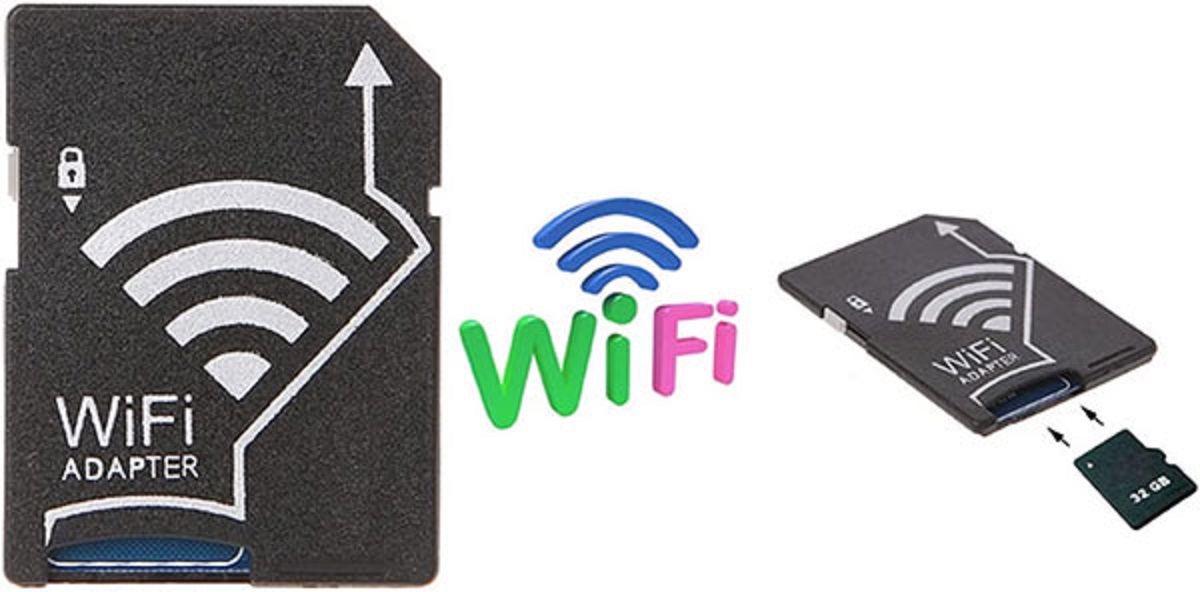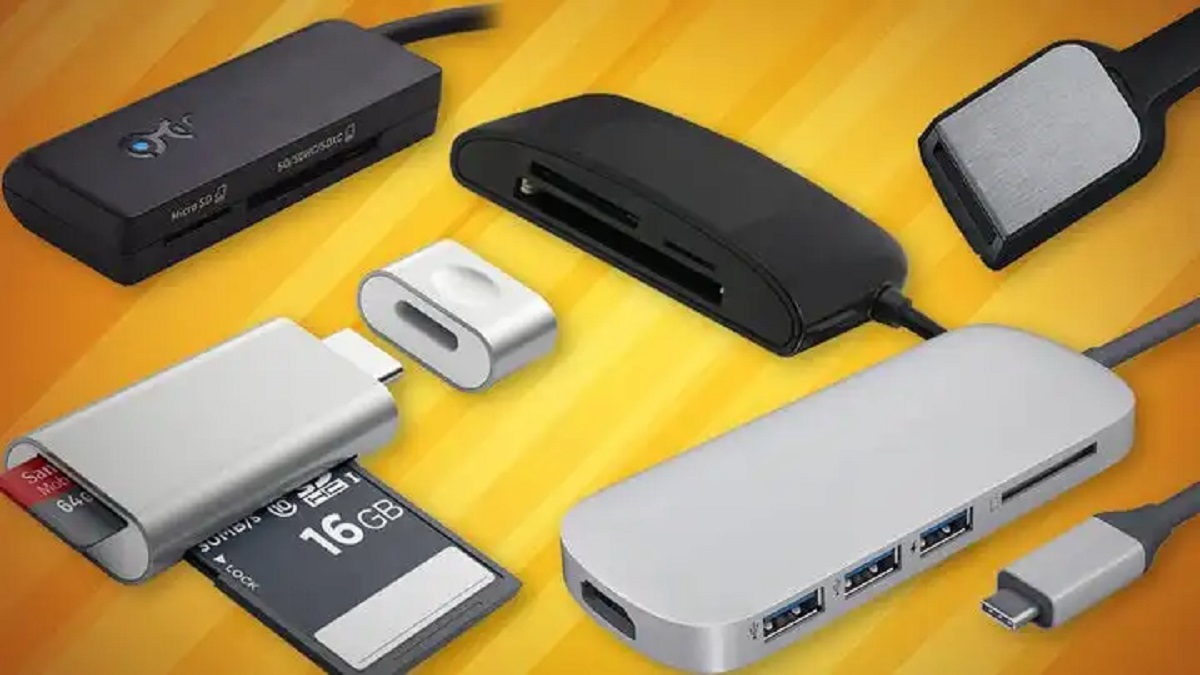Introduction
Having a micro SD card on your Android device provides you with the convenience of storing and accessing additional data, such as photos, videos, and documents. However, many users are unsure of how to view the contents of their micro SD card on their Android device. In this article, we will explore various methods that you can use to view your micro SD card on your Android device.
Being able to access your micro SD card directly from your Android device allows you to conveniently manage and organize your files without the need for a computer. Whether you want to view your photos, watch videos, or access important documents, these methods will help you navigate and explore the contents of your micro SD card with ease.
In the following sections, we will discuss five different methods that you can use to view your micro SD card on your Android device. These methods include using the system file manager, using a third-party file manager app, using a card reader, using a USB OTG cable, and accessing the files via cloud storage services. Each method has its own advantages and may be more suitable for certain situations, so you can choose the method that best fits your needs and preferences.
So, if you’re ready to uncover the secrets of accessing and exploring your micro SD card on your Android device, let’s dive into the different methods and find the one that works best for you.
Method 1: Using the System File Manager
One of the simplest and most straightforward ways to view your micro SD card on your Android device is by using the built-in system file manager. Most Android devices come with a pre-installed file manager that allows you to browse and manage the files on your device, including the micro SD card.
To access the system file manager, follow these steps:
- Open the app drawer on your Android device and look for the “File Manager” or “Files” app. The name may vary depending on the device and the version of Android you are using.
- Tap on the file manager app to open it.
- In the file manager, you should see a list of different folders and categories. Look for the “SD Card” or “External Storage” option and tap on it.
- Once you have selected the micro SD card, you will be able to view all the files and folders stored on it.
From here, you can browse through the files on your micro SD card, open them, copy or move them to different locations, and perform other file management tasks.
The system file manager provides a simple and convenient way to access your micro SD card’s contents without the need for any additional apps or accessories. However, the functionality and user interface of the system file manager may vary between different devices and Android versions. If you cannot find the file manager app or the micro SD card option, you may need to explore other methods mentioned in this article.
Overall, using the system file manager is a quick and easy method to view your micro SD card on your Android device. It is a great option for users who prefer a native solution and want to access their files directly from the device’s interface.
Method 2: Using a Third-Party File Manager App
If the built-in system file manager on your Android device does not meet your needs or if you prefer a more feature-rich and customizable solution, you can explore third-party file manager apps available on the Google Play Store. These apps offer additional functionalities and a user-friendly interface that can enhance your experience while viewing and managing your micro SD card on your Android device.
Here’s how you can use a third-party file manager app to access your micro SD card:
- Open the Google Play Store app on your Android device.
- Search for “file manager” or “file explorer” in the search bar.
- Explore the different file manager apps available and read user reviews and ratings to find one that suits your preferences.
- Once you have selected a file manager app, tap on the “Install” button to download and install it on your device.
- After the installation is complete, open the file manager app.
- In the app, you should see options to browse different folders and storage locations. Look for the option that represents your micro SD card, which is usually labeled as “SD Card” or “External Storage”.
- Tap on the micro SD card option to access its contents.
Using a third-party file manager app gives you more control and flexibility over managing your micro SD card. These apps often offer features like file compression, batch renaming, cloud storage integration, and FTP/SFTP support, among others. Additionally, they may provide a more intuitive interface and a customizable user experience.
Keep in mind that not all third-party file manager apps are created equal. It is important to choose a reputable and well-reviewed app from trusted developers to ensure a secure and reliable experience. Be sure to read the app’s description and explore its features before installing it on your device.
Overall, using a third-party file manager app is a great option for users who want more advanced features and customization options when viewing their micro SD card on their Android device. It provides a versatile and powerful solution for managing files and organizing your data effectively.
Method 3: Using a Card Reader
If you prefer to view your micro SD card’s contents on a larger screen or if your Android device does not have a built-in micro SD card slot, you can use a card reader to access the files on your micro SD card. A card reader is a small device that allows you to connect your micro SD card to a computer or laptop.
Here’s how you can use a card reader to view your micro SD card on your Android device:
- Remove the micro SD card from your Android device.
- Insert the micro SD card into the appropriate slot on the card reader device.
- Connect the card reader to your computer or laptop using a USB cable.
- Your computer should recognize the card reader and the micro SD card as external storage.
- Open the file explorer or file manager on your computer.
- Navigate to the removable storage option or the micro SD card’s location.
From here, you can browse, view, and manage the files on your micro SD card directly from your computer. You can copy or move files, delete unwanted files, and even transfer new files onto the micro SD card.
Once you have finished accessing the files on your micro SD card, safely disconnect the card reader from your computer and reinsert the micro SD card into your Android device. Your device should now reflect any changes or additions made.
Using a card reader is a convenient method for users who prefer to manage their micro SD card files on a computer. It allows for easier file transfers, larger screen viewing, and the use of more advanced file management tools available on computers.
It’s worth noting that not all Android devices are compatible with card readers. Ensure that your device supports USB OTG (On-The-Go) functionality, which enables the connection of external USB devices such as card readers. You may need an OTG adapter or cable to connect the card reader to your device.
Overall, using a card reader is an excellent option for users who want to access and manage their micro SD card files on a computer or laptop. It provides a flexible and efficient method for transferring, organizing, and backing up data on your micro SD card.
Method 4: Using a USB OTG Cable
If you want to directly view the contents of your micro SD card on your Android device without the need for a computer or card reader, you can use a USB OTG (On-The-Go) cable. USB OTG cables enable the connection of external USB devices, such as a micro SD card reader, to your Android device.
Here’s how you can use a USB OTG cable to view your micro SD card on your Android device:
- Purchase a USB OTG cable that is compatible with your Android device.
- Connect one end of the USB OTG cable to your Android device’s micro USB or USB-C port.
- Connect the other end of the USB OTG cable to the micro USB or USB-C end of the micro SD card reader.
- Once connected, your Android device should detect the micro SD card reader, indicating a successful connection. Some devices may display a notification or open the file manager automatically.
- If required, grant the necessary permissions for the device to access the micro SD card.
- Open the file manager or file explorer app on your Android device.
- Navigate to the external storage or removable storage option.
- You should now be able to view and manage the files on your micro SD card directly from your Android device.
Using a USB OTG cable allows you to access the files on your micro SD card using your Android device’s file manager. This method eliminates the need for a computer or card reader and gives you the flexibility to view and manage the files on the go.
It’s important to note that not all Android devices support USB OTG functionality. Make sure to check if your device is compatible before purchasing a USB OTG cable. You can do this by referring to your device’s user manual or conducting a quick online search.
Overall, using a USB OTG cable is a convenient method for users who want to access their micro SD card’s contents directly from their Android devices. It provides a hassle-free solution for managing files and ensures that you have all your important data readily available, wherever you go.
Method 5: Via Cloud Storage Services
Another convenient way to access and view the contents of your micro SD card on your Android device is by utilizing cloud storage services. Cloud storage services offer a secure and accessible platform for storing and syncing your files across multiple devices, including your Android device.
Here’s how you can use cloud storage services to view your micro SD card’s contents on your Android device:
- Select a cloud storage service provider that offers mobile applications compatible with Android devices. Some popular options include Google Drive, Dropbox, and Microsoft OneDrive.
- Download and install the mobile app of your chosen cloud storage service from the Google Play Store.
- Create an account and log in to the mobile app using your credentials.
- Follow the prompts to set up and configure the app on your Android device.
- Once set up, navigate to the “Upload” or “Add Files” option within the app.
- Choose the files that you want to upload from your micro SD card. You may need to navigate to the micro SD card option in the file browser within the cloud storage app.
- Select the desired files and initiate the upload process.
- Wait for the files to be uploaded to your cloud storage account.
- Access the cloud storage app on your Android device and navigate to the files that you uploaded from the micro SD card.
By using cloud storage services, you can easily view and access your micro SD card’s files from any device with an internet connection. This method allows you to save storage space on your Android device and provides an added layer of backup and security for your important files.
It’s important to note that cloud storage services often provide limited free storage options and may require a subscription for additional storage space. Be mindful of the storage capacity and choose a plan that suits your needs.
Using cloud storage services to view your micro SD card’s contents offers the convenience of accessing your files from anywhere with an internet connection. It provides a mobile and flexible solution for managing and organizing your data without the need for physical storage devices.
Conclusion
In conclusion, there are various methods available for viewing the contents of your micro SD card on your Android device. Whether you prefer using the system file manager, a third-party file manager app, a card reader, a USB OTG cable, or cloud storage services, each method offers its own benefits and convenience.
Using the system file manager is a simple and straightforward method that allows you to access your micro SD card directly from your Android device. It is a native solution that requires no additional apps or accessories.
If you’re looking for more advanced features and customization options, using a third-party file manager app is a great choice. These apps provide a user-friendly interface and additional functionalities for managing your micro SD card files.
Using a card reader allows you to connect your micro SD card to a computer or laptop, providing a larger screen for viewing and advanced file management tools. This method is useful if you prefer managing your files on a computer.
With a USB OTG cable, you can connect a micro SD card reader directly to your Android device and access the files through the device’s file manager. This method eliminates the need for a computer or card reader and offers on-the-go convenience.
Lastly, cloud storage services offer a flexible way to access your micro SD card’s contents from any device with an internet connection. It allows you to store your files securely in the cloud and access them whenever needed.
Choose the method that best suits your needs and preferences. Remember to ensure compatibility and consider factors such as convenience, features, and storage capacity. With these methods, you can easily view and manage the contents of your micro SD card on your Android device, making it a seamless and efficient experience.







